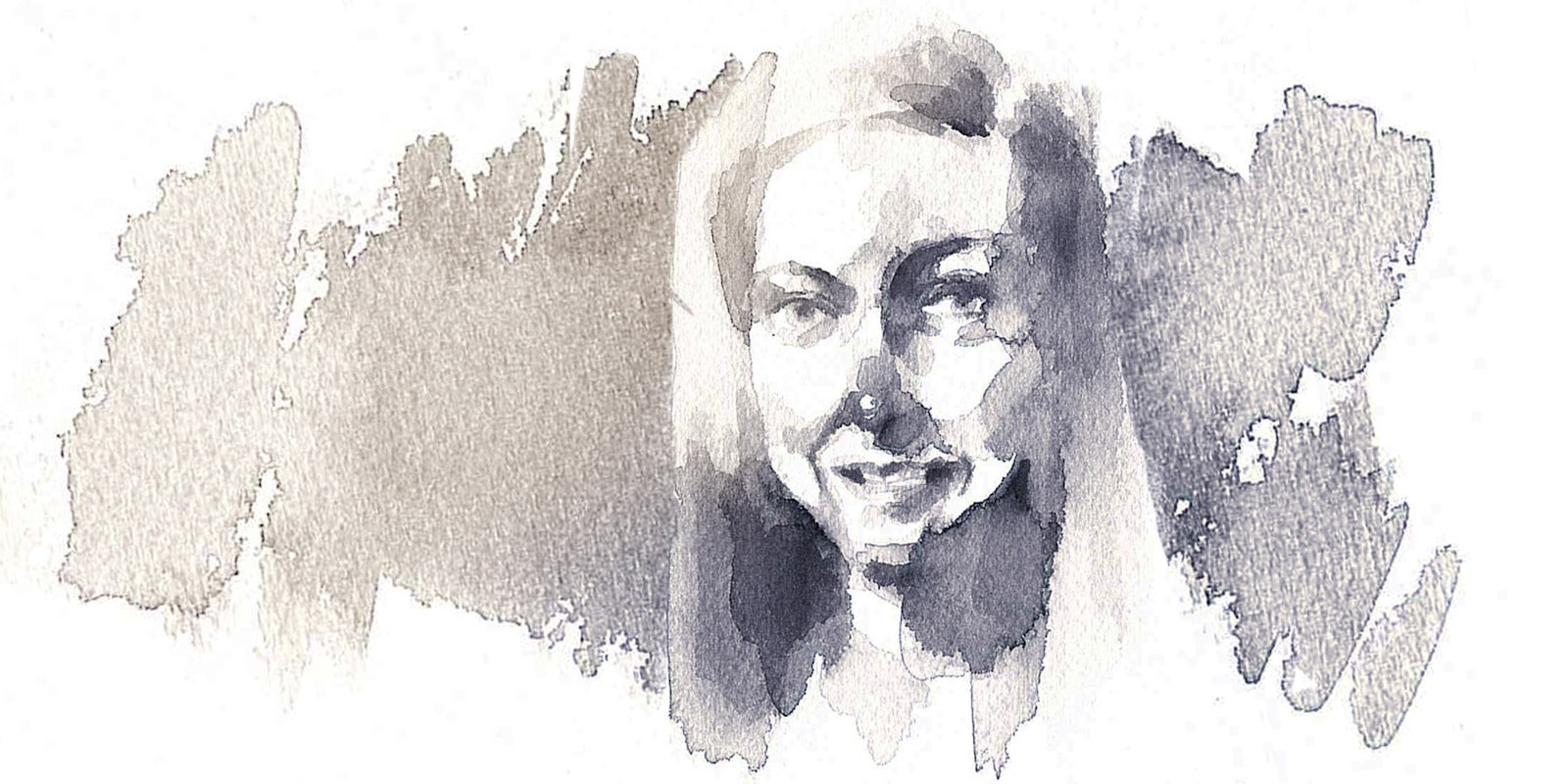When Dianna Cowern started her YouTube channel four years ago, she set out to demonstrate 101 things you could do with a degree in physics. Her degree, it so happens, was from the Massachusetts Institute of Technology. It was as much for her as it was for those potentially watching online: It turns out, graduating with a degree from science—even if it’s from MIT—doesn’t necessarily prepare one for life in the real world.
“This series was just for me and not originally about physics. It was about, ‘I don’t know what to do with myself and my life,’” said Cowern, 27, who is better known as Physics Girl on YouTube.
Cowern told the Daily Dot that she did know she wanted to try her hand at an explainer video about physics. In her first attempt, she demonstrated the physics behind a children’s activity combining milk, food coloring, and dish soap. Though her video was geared toward children, and she expected no one to watch it, she still got a mixed response.
“That was something that was new to me, that strangers go online and comment on channels of people they don’t know,” she recalled.
One commenter in particular struck a chord with her. He posted a criticism of her work, saying that she had a good idea but her execution was flawed. Though she initially wanted to write off the comment, it haunted her, Cowern said. She decided to view the criticism as constructive and continue doing videos. She took the same critical eye toward her videos and has since mastered combining her deep knowledge and love for physics with an infectious enthusiasm that draws viewers into her channel.
Physics isn’t exactly an easy—or popular—choice for a topic among science communicators. Esoteric, mathematical, and often abstract, the discipline does not lend itself to an entertaining-but-educational YouTube series. But Cowern makes it look easy.
“She has a remarkable sense of what will be easily perceived by your audience and what will be really difficult,” Derek Muller, host of physics-based YouTube channel Veritasium, told the Daily Dot.
“She has a remarkable sense of what will be easily perceived by your audience and what will be really difficult.” —Derek Muller
Cowern said she reached out to Muller to mentor her in how to frame her videos and use the YouTube platform to expand her audience. Muller said Cowern’s talent and persistence in asking for his help prompted him to help her out. But soon she was helping him, too. She would often suggest ways for him to make his content more thorough and understandable, Muller said. He noted one video about “quantum entanglement and spooky action at a distance.” Cowern suggested he completely redo the video, which he did after “shelving it for six months.”
“I think it’s a lot more understandable now (even though it’s still a very complicated subject),” Muller wrote to the Daily Dot in an email.
Thoroughness and accuracy are extremely important to Cowern.
“Working within the science community, I heard a lot of trash talk from scientists about science journalists,” she said. “So when I started doing this, I was so careful about getting everything right. I was really worried about what all these professors would think.”
It’s paid off, Cowern said. In 2014, Cowern won the “Flame Challenge,” a contest wherein fifth graders judge scientists’ explanations of complicated science questions like “what is a flame?” In 2014, PBS Digital Studios approached her to become a part of their consortium of education-focused YouTube channels. PBS also hosts other popular YouTube channels like It’s Okay to Be Smart, PBS Idea Channel, and Crash Course.
Joining up with PBS has allowed Cowern to devote herself to Physics Girl full-time—and to bring on some additional resources like a writer and an editor.
“It’s just nice to have someone to work with and bounce ideas off of. This YouTube thing can get pretty lonely,” Cowern said.
Cowern’s contract with PBS requires her to publish 32 videos per year—less than many others with PBS, Cowern said. Even still, she spends tons of time working on her series to ensure her series delivers the quality her audience has come to expect. Though her audience tends to lean more toward 13- to 25-year-olds, according to a survey done by PBS, Cowern hopes that she’s also catching some younger girls, too.
“This YouTube thing can get pretty lonely.”
“So much of what I wanted to do [as a child] was dictated by what I saw on the media,” Cowern said. “I wanted to be a figure skater, I wanted to be a model, or an actress, but I never saw female scientists. I think that would have affected what I was interested in doing, what I thought women could do.”
Cowern said she was heartened by the fact that she is one of many female faces and voices on YouTube that are sharing their love for science—despite the challenges of being a woman on the Internet.
“I’ve had a lot of issues as a woman in a male-dominated field—feeling like I have to prove myself or feeling inadequate,” Cowern said. “But for the most part, I get support. I get emails from dads that are like, ‘My daughter hated physics or was feeling pressured to lose interest in science, but she saw your channel and now she wants to be a physicist.’ That makes all of this worth it.”
Illustration by Tiffany Pai
